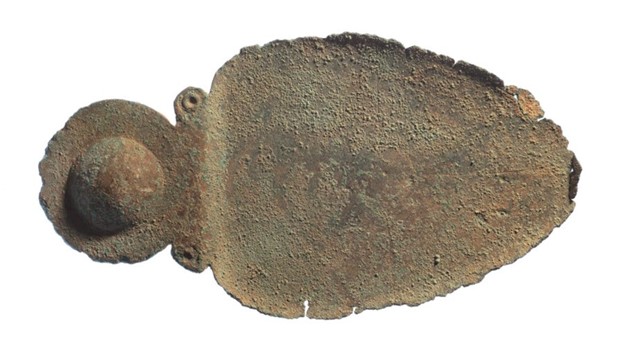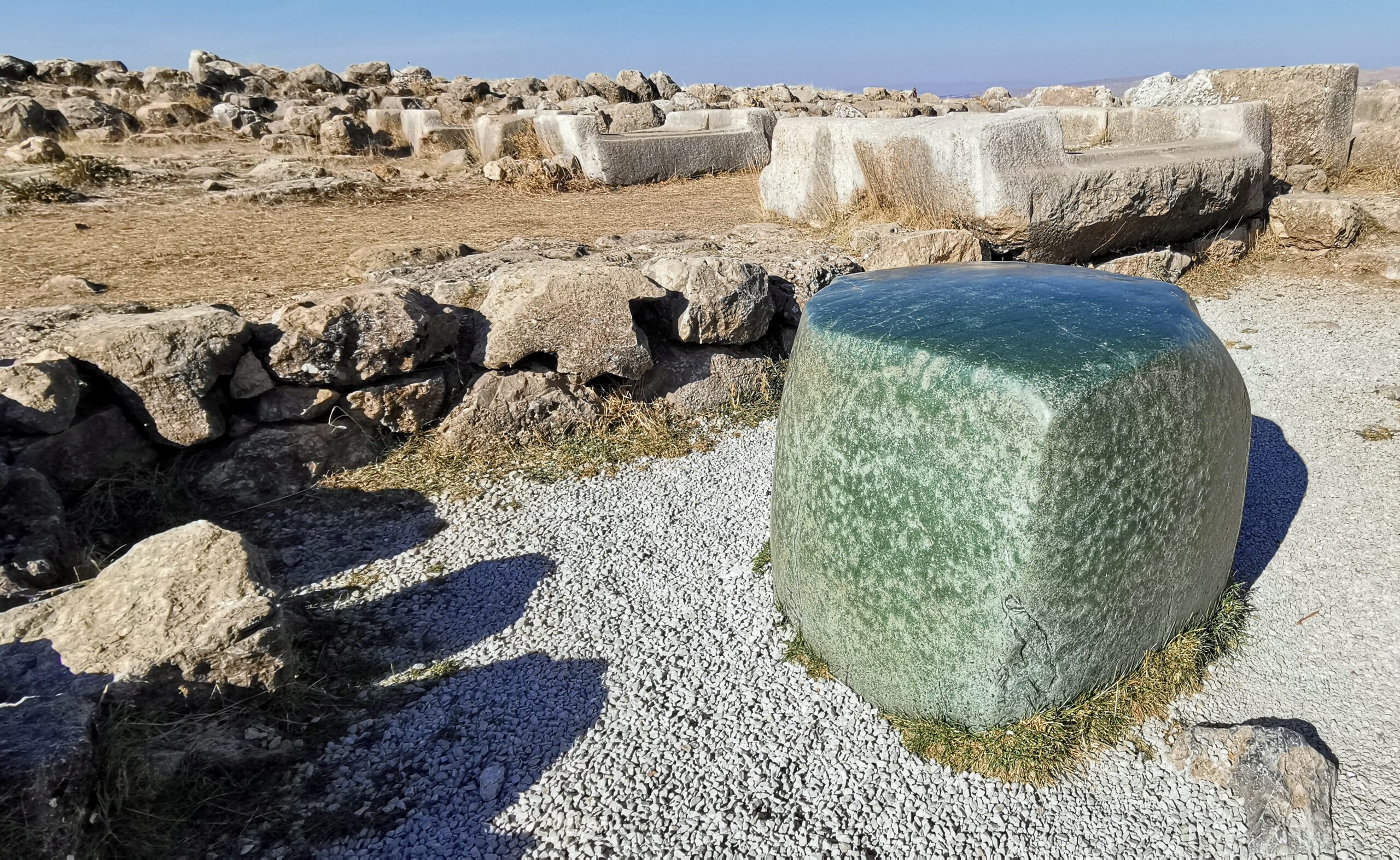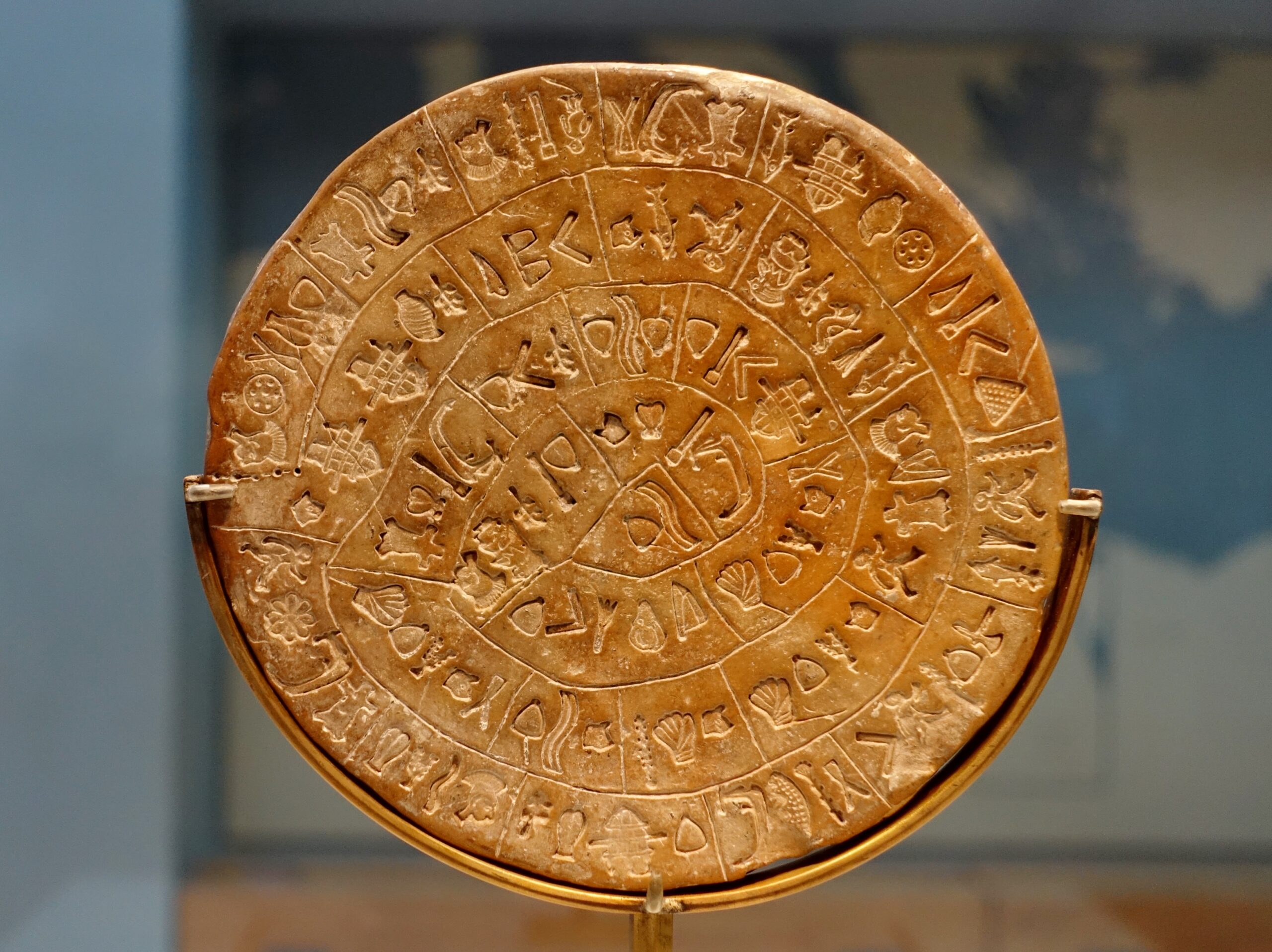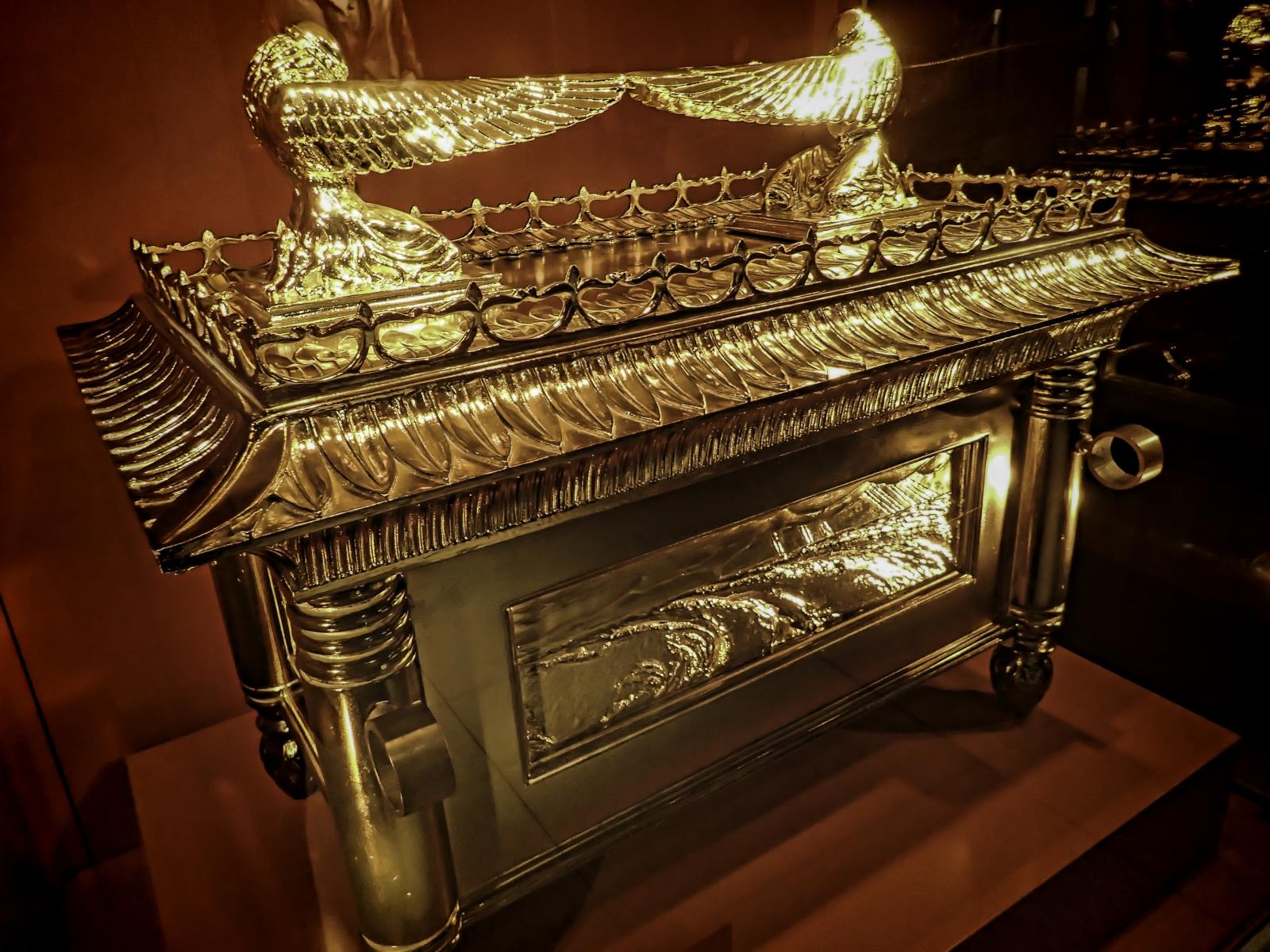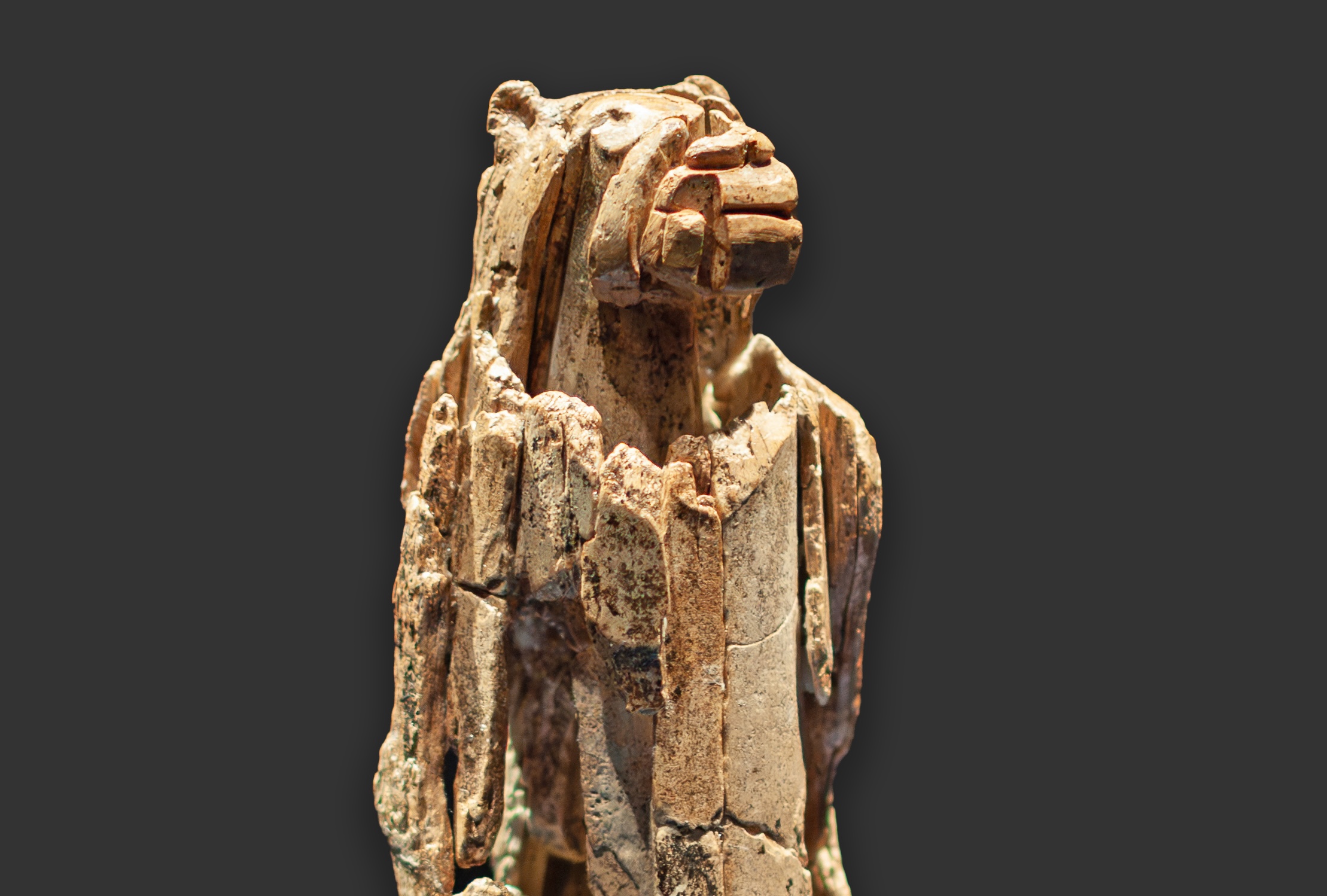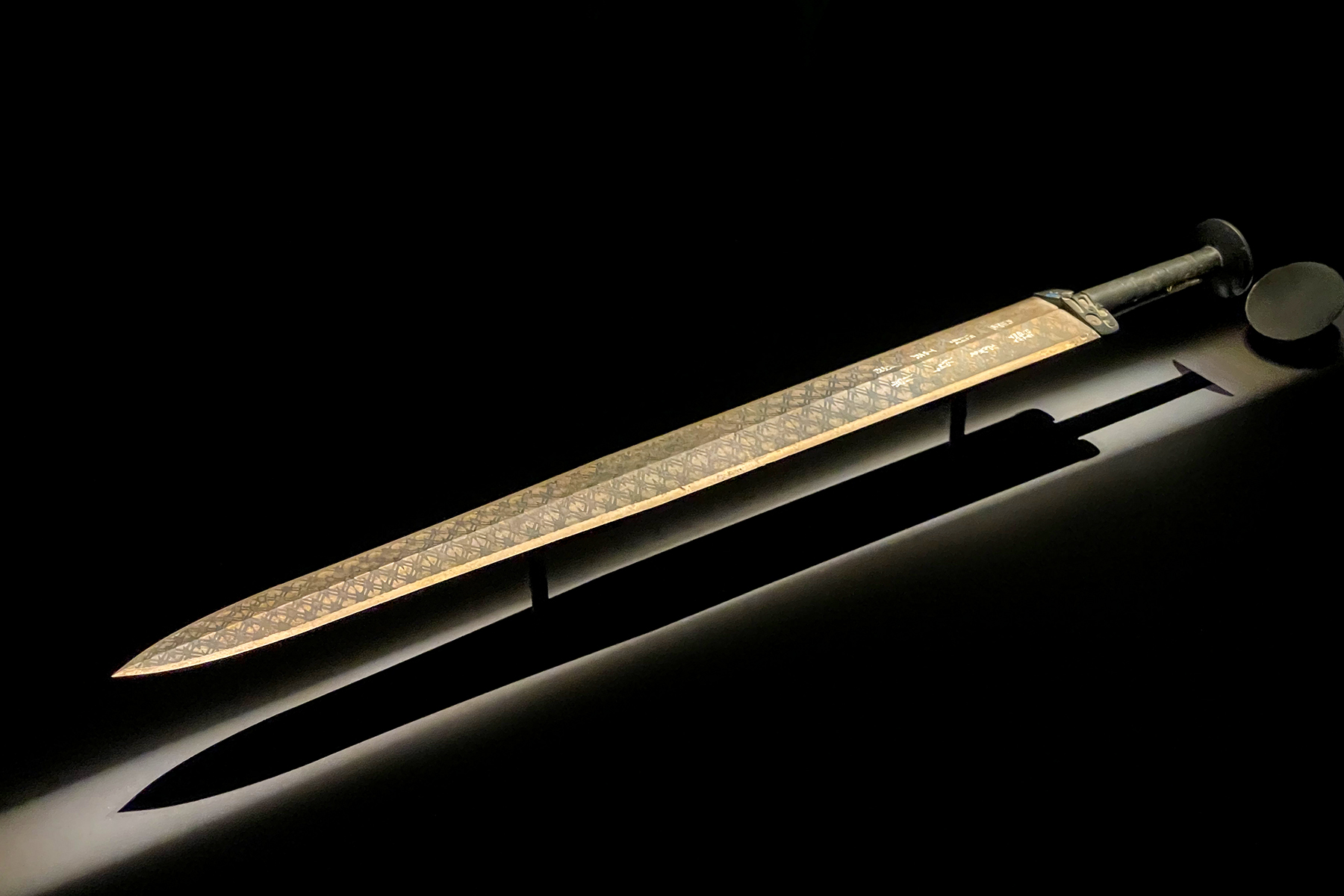
In 1965, archaeologists working near Jingzhou in Hubei Province, China, uncovered a notable artifact known as the Sword of Goujian, a bronze weapon from the Spring and Autumn Period, 771 to 476 BC. Buried for over 2,500 years, this sword remains sharp and tells a story worth hearing about King Goujian of Yue, a ruler known for overcoming challenges with smart planning. It connects directly to his achievements and shows the skill and care of its makers in a way that lasts.
The Sword of Goujian’s Survival

Think about a damp tomb in the ancient State of Chu, where moisture often ruins metal over time, yet the Sword of Goujian showed no rust when found in September 1965 among 50 tombs near Jiangling County. The blade stayed sharp despite wet conditions, thanks to the tomb’s low-oxygen setting that slowed damage and the craftsmanship that went into its making. The creators combined copper and tin into bronze, which resists corrosion well, and likely added a protective coating, perhaps sulfide or lacquer, to make it last longer. Some studies suggest traces of chromium, though experts debate this since it seems advanced for that era, but the sword’s condition proves thoughtful design either way.
The Sword of Goujian’s Build and Precision
The Sword of Goujian measures 55.7 centimeters, or 21.9 inches, long, with a blade 4.6 centimeters wide, and its surface has black rhombi patterns carved carefully by Yue artisans. The hilt, wrapped in silk and set with turquoise and blue gems, joins a smooth guard that mixes function with style, showing technical know-how beyond just good looks. A high tin content in the blade adds strength, while more copper at the edges keeps it from breaking, a balance that, along with its coating, helps explain its long life. You can see it today at the Hubei Provincial Museum, where it stands as proof of ancient ability.
King Goujian’s Link
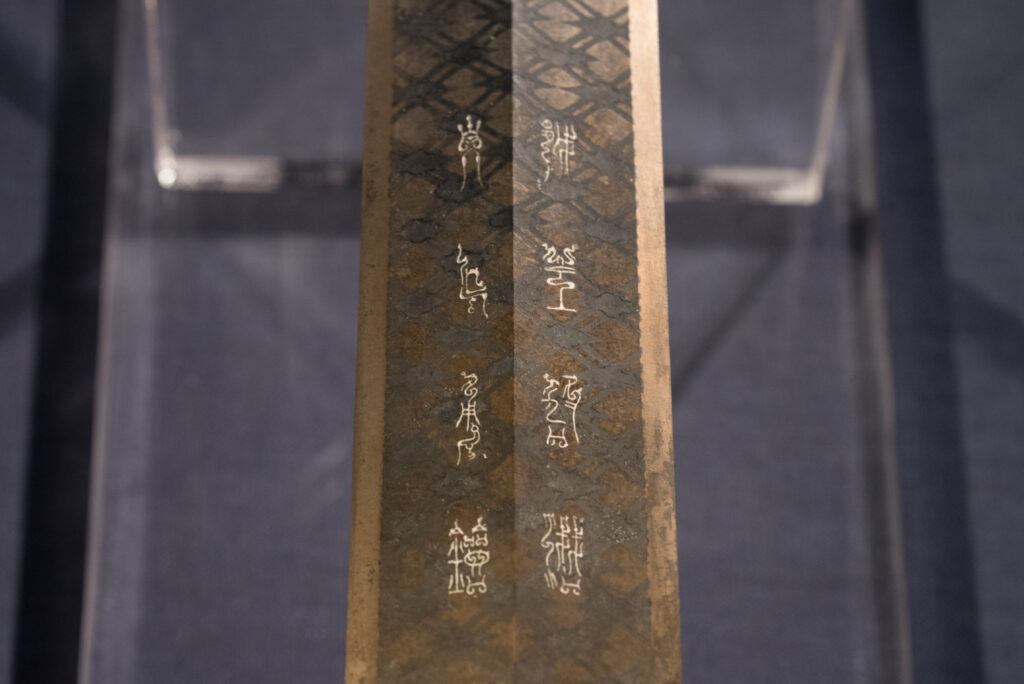
Look at the sword’s blade, and you’ll find eight characters in ancient bird-worm seal script stating “The Sword belongs to Goujian, King of Yue,” tying it to a key figure from the 5th century BC. Goujian ruled during a difficult period and lost to King Fuchai of Wu before planning a return, eventually defeating Wu around 473 BC to earn a reputation for persistence. Bronze can’t be dated with carbon methods, but this sword matches his time and place, reflecting his strength and planning whether used in battle or held as a symbol.
Why It Still Stands Out
Housed in the Hubei Provincial Museum, the Sword of Goujian catches attention with its perfect condition and lasts better than many European Iron Age swords that rusted away long ago. This durability shows the Yue people’s skill in the late Spring and Autumn Period and connects to Goujian’s own success after struggle, raising questions about what else ancient people could do. It stays relevant in studies and displays today as a clear example of history worth exploring.

